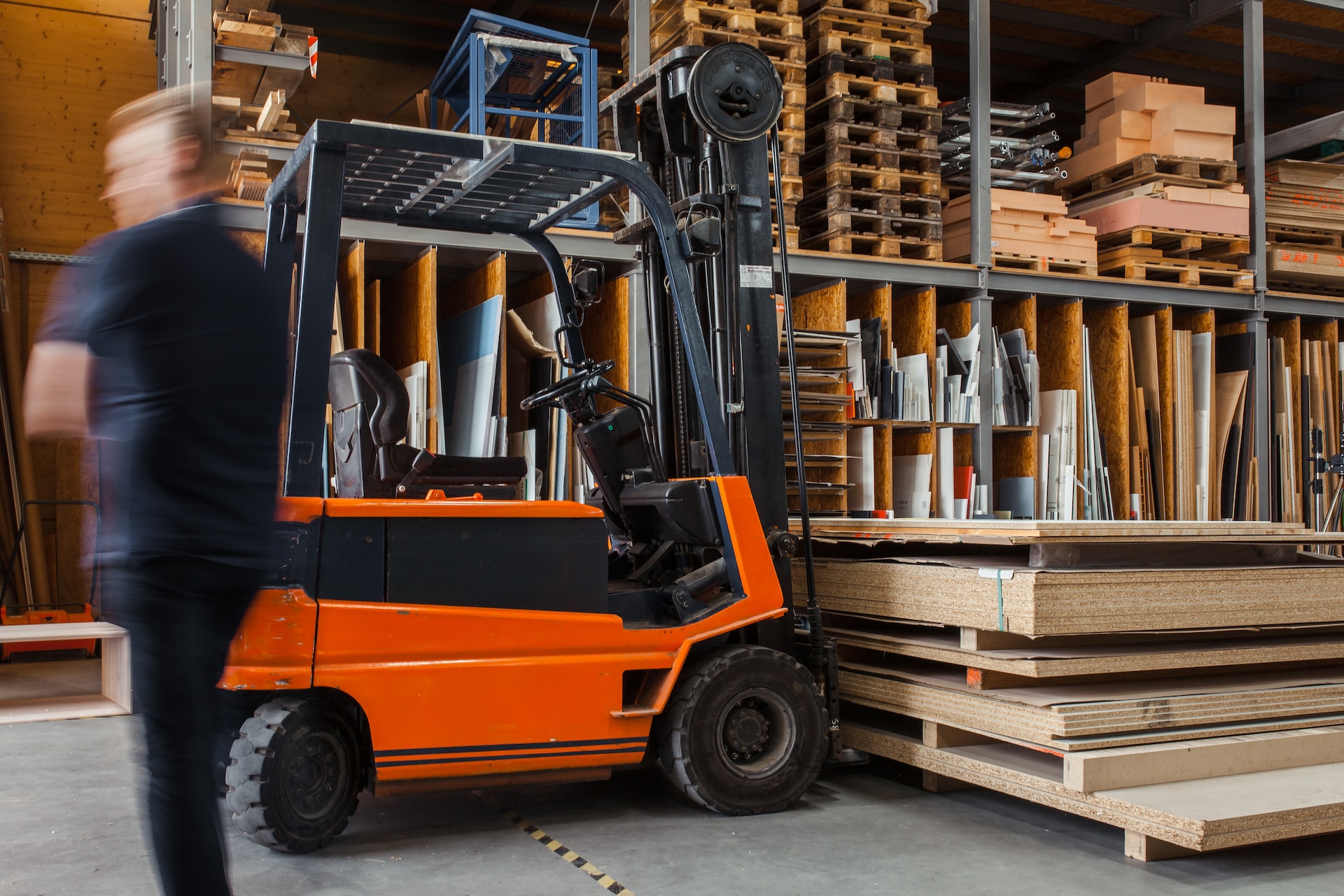Designing Supply Chain Resilience
Global supply chains connect producers, manufacturers, suppliers, and consumers across the world. It has played a transformative role in shaping the global economy and development.
The expansion and integration of global supply chains have enabled economies, businesses, and communities to flourish and realize significant growth. Global supply chains greatly enabled businesses to realize efficiency in production and cost reduction in its processes, enabling businesses to produce goods at low price points. This has translated into lower consumer prices, increased access to a wide range of products, resulting in higher standards of living for many people.
It has also given rise to millions of jobs across the globe. Enabled by global supply chains, businesses have grown and expanded to many regions of the world where labor is cheap, leading to job creation in such regions and reduction in unemployment rates – and greatly enhancing reduction in poverty rates.
It is this interconnectedness of global supply chains that led to the next growth trajectory of many economies in the 1990s. But now, this way of life is in great danger from external risks such as geopolitics and other macroeconomic risk factors such as inflation, recession, and price instabilities. It is now imperative that the global community find ways in building resilient supply chains that is holistic in its outlook and sustainable in its approach.
Such and many more topics will be discussed at the Horasis Global Meeting, which is scheduled to take place in Gaziantep, Turkey between 22-23 October 2023. The meeting will bring together world’s best-known business leaders, who along with government officials and representatives from international organizations will brainstorm with senior members of the Horasis Visions Community find solutions to critical challenges facing societies today.
Supply Chain Shocks
Perhaps by far the biggest supply chain shock was the onslaught of the pandemic, which led to shortages in availability of raw materials to produce products; shortage in manpower to run production facilities; and prolonged border closures and shutdown of customs checkpoints.
This culmination of mixed factors led to a deadly concoction of supply chain shocks, leading to many businesses running out of basic products, pushing both their demand and prices. Shipping costs, particularly from Asia to the US and European markets have skyrocketed since the end of 2020. Shortage in semiconductors needed in cars and electronic products became more pronounced as there was a sharp surge noticed in the demand for electronic products amid the pandemic.
Supply delivery times also lengthened considerably amid the pandemic due to a combination of spiking demand and slowdown in productivity. Global productivity came to a standstill, greatly dissipating global economic growth. The global GDP fell by 3.1% in 2020, amid the slowdown in global economic activity, greatly disrupting movement of goods, services, and people.
Building Resilience
As the world builds back, it is necessary that global leaders take into consideration mistakes made earlier and build a resilient supply chain that withstands future crises. A collaborative approach is the way forward.
Governments should start actively investing in crises-preparedness systems to respond on time to any supply chain disruptions. Governments should also develop strategic economic partnerships with countries, allowing seamless movement of goods, services, and people across their borders. This will lead to better transparency and coordinated efforts in allowing trade to flow during crises.
Firms should also start investing in emerging technologies to boost supply chain resilience. The maturity of AI—particularly cobots being used in manufacturing facilities—has enabled firms to lower labor costs, while retaining the value of human oversight.
Also, the advent in 3D printing is enabling some companies to shorten their manufacturing processes in factories, while giving them the option of affordably producing a broad range of components and products in-house.
Even logistics warehouses are making use of robots and automation to make work streamlined and more predictable. Large firms are buying into the idea of completely automated warehouses. Walmart, for instance, has recently announced a deal with Symbotic to bring its system of belts, pickers, and autonomous vehicles to all of its 42 main sorting facilities.
It is vital that government and firms work hand-in-hand to build a resilient supply chain that ensures both economic stability and public welfare. It is essential to address the evolving challenges and uncertainties that supply chains face in an increasingly interconnected world that faces frequent shocks.
Photo Caption: A semi automated forklift at a warehouse.



